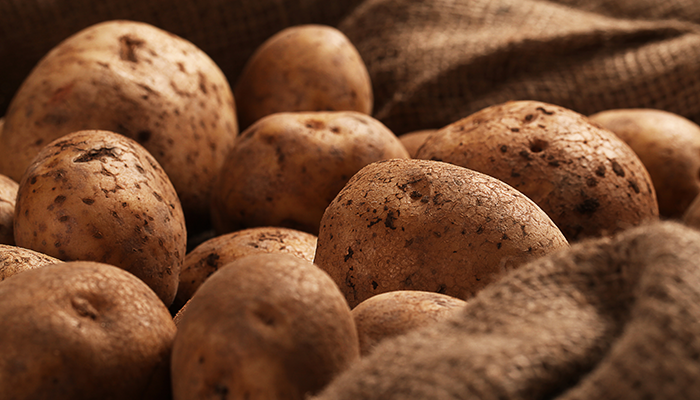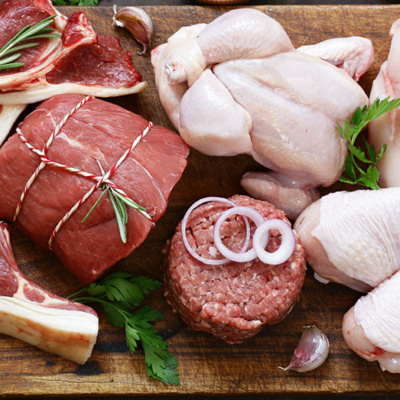top of mind news
- Restaurants Denied SBA Loans and Insurance Claims
- FDA Suspends Menu-Labeling Rules
- States Eye Bills Extending Business Interruption Insurance For COVID-19 Closings
- Restaurants’ Biggest Threat to Market Share Today? It’s Not Other Restaurants
- The Kitchens Are Still Open: Eateries Reinvented
- Operator Support Center
- The COVID-19 Webinar Episode 1: Refusing to Shut Down
Poultry
 For the week ending March 21st, total chicken slaughter increased modestly from the week prior, but was up 5.1% from year ago levels. RTC production remains robust though, up 8.3% from the year prior. As retail channels are filling in following the active panic buying, wholesale chicken prices have been declining, with the wing and breast meat markets taking the brunt of the losses. While the chicken markets are on the decline, shell egg prices have been rising as inventories remain tight. Shell eggs are now being shipped from foodservice channels to retail and should help stem the price rises in the egg markets. Still, egg inventories should remain tight moving forward.
For the week ending March 21st, total chicken slaughter increased modestly from the week prior, but was up 5.1% from year ago levels. RTC production remains robust though, up 8.3% from the year prior. As retail channels are filling in following the active panic buying, wholesale chicken prices have been declining, with the wing and breast meat markets taking the brunt of the losses. While the chicken markets are on the decline, shell egg prices have been rising as inventories remain tight. Shell eggs are now being shipped from foodservice channels to retail and should help stem the price rises in the egg markets. Still, egg inventories should remain tight moving forward.
Beef
Following the robust beef production noted at the end of March, last week’s beef output fell 7.4.% below the week prior, but heavier carcasses propped output up to 3.2% larger than year ago (where cattle harvests were down 0.2%). The USDA boxed beef cutouts have been declining sharply, but the losses have mostly been noted across the middle meats, while the end cuts continue to hold their recent strength. Retail supply channels are relatively refilled, but inefficiencies in transitioning foodservice supplies towards retail should lend some support to some beef markets into late April. Still, look for eventual lower beef prices.
Pork
Pork production last week moderated from the elevated levels noted the week prior, with 552 million pounds produced, down 6.8% (w/w). Still, pork supplies remain too big for current needs, and price weakness was noted across the entirety of the wholesale markets. Additionally, with a large portion of foodservice pork supply being returned to the wholesale market, spot supplies remain abundant. February pork exports remained robust, with China establishing a new monthly record. Pork exports are expected to increase amid the engaging prices.
THE SEA
Seafood
U.S. salmon imports have been solid in recent months. During February the U.S. imported 8.2% more salmon than 2019 while farmed salmon filet trade was higher by 12.7%. The inflated value of the U.S. dollar as well as the struggling world economy is likely to keep salmon imports strong this spring. Add to this the slack food service demand in the U.S. and salmon prices are anticipated to be relatively attractive in the near term.
THE GARDEN
Produce
The potato markets continue to decline. Overall supplies are historically light due to the short crop last fall. However, the subpar food service demand is causing the markets to plummet. This is likely to be the trend over the next few weeks however, as restaurants reopen the bare supply pipeline that will need to be refilled. This could lead to higher potato prices in the early and late spring. The avocado markets are having similar problems with demand which is also influencing prices downward. However, the Holy Week shortened Mexican harvest this week could temper the downside price potential in the near term.
THE KITCHEN SINK
Dairy
The spot cheese markets this past week are the lowest since July 2009. Dismal food service demand for cheese due to the impacts from COVID-19 are pushing prices downward. Although the U.S. government has not issued support to cheese producers, eventual financial aid would not be a shock. CME cheese futures for H2 of 2020 are engaging. Spot butter prices remain near levels not seen in over five years. The recent shift of more expensive class III milk prices over class IV prices could discourage some butter production. Forward buying some of your pending butter needs can be considered.
Grains
The U.S. winter wheat crop is progressing under relatively favorable conditions. As of April 5th, 62% of the winter wheat crop was rated in either good or excellent condition compared to 60% last year. The wheat markets could remain supported in the coming weeks however due to Russian export concerns.
Oil
Nearby WTI crude oil futures this week are the lowest in 18 years. Obviously, COVID-19 has hampered petroleum demand big time (travel). It wouldn’t be a shock to see some production cuts soon which would bring support to oil prices.













